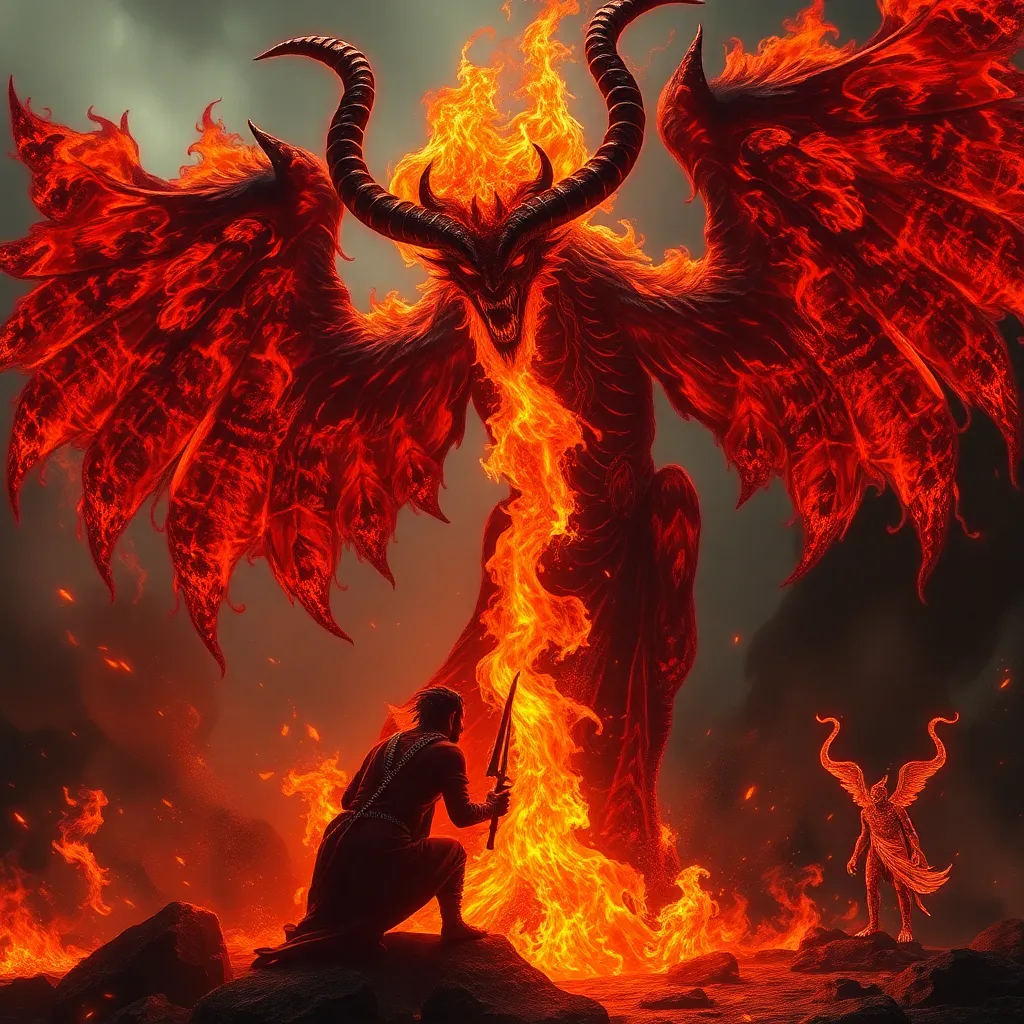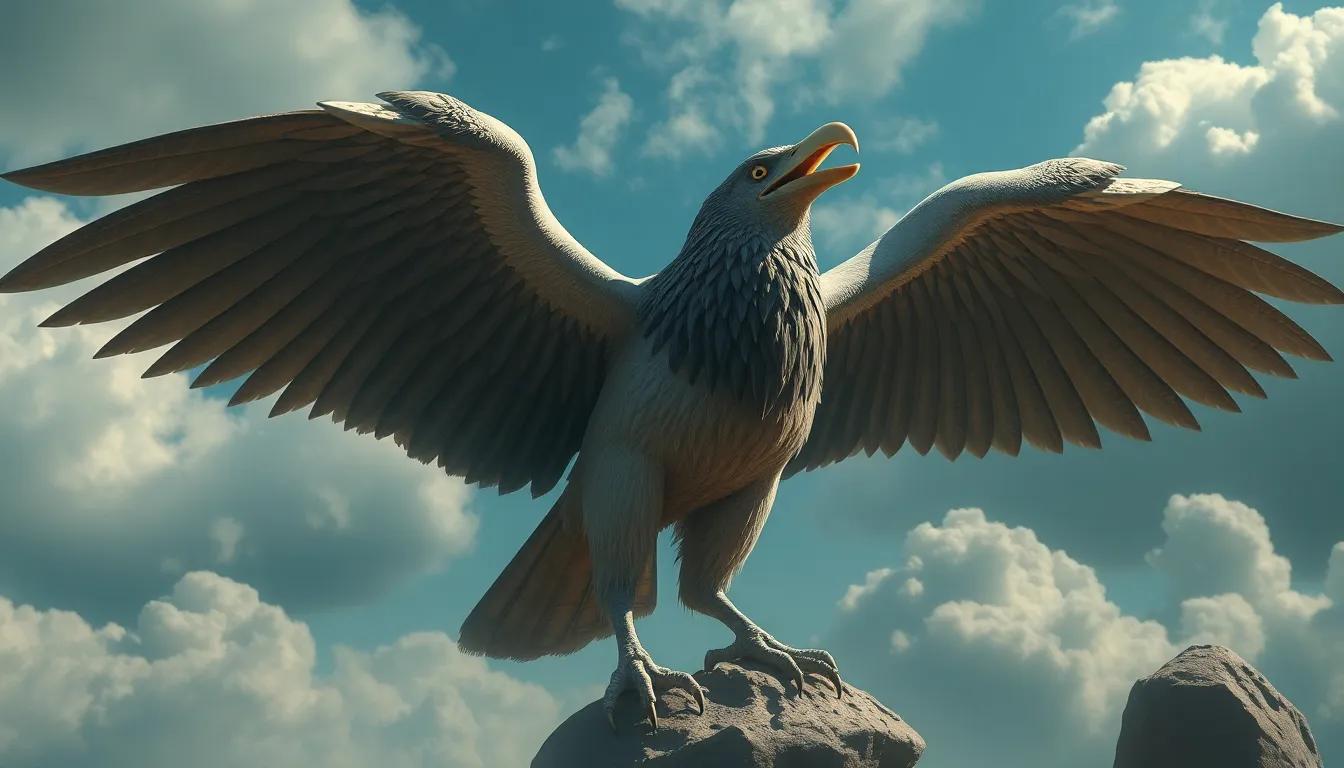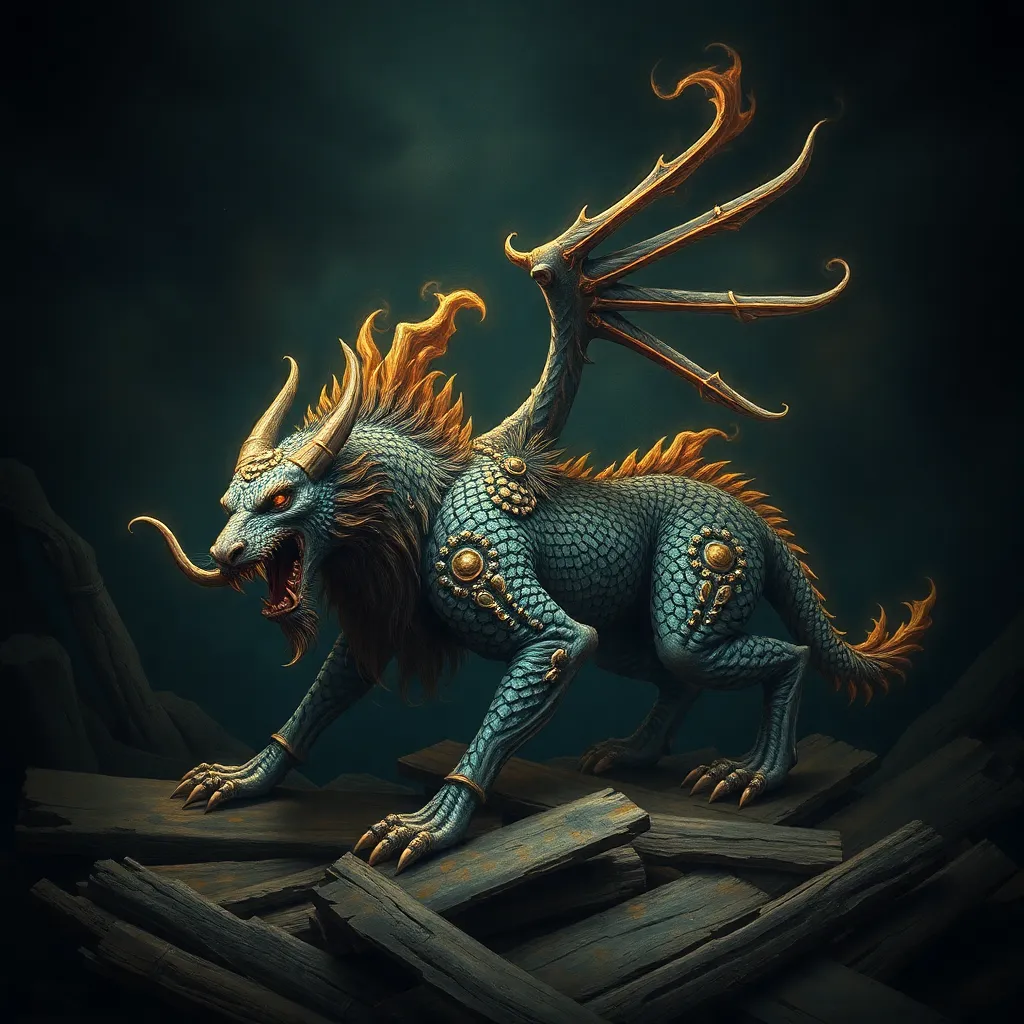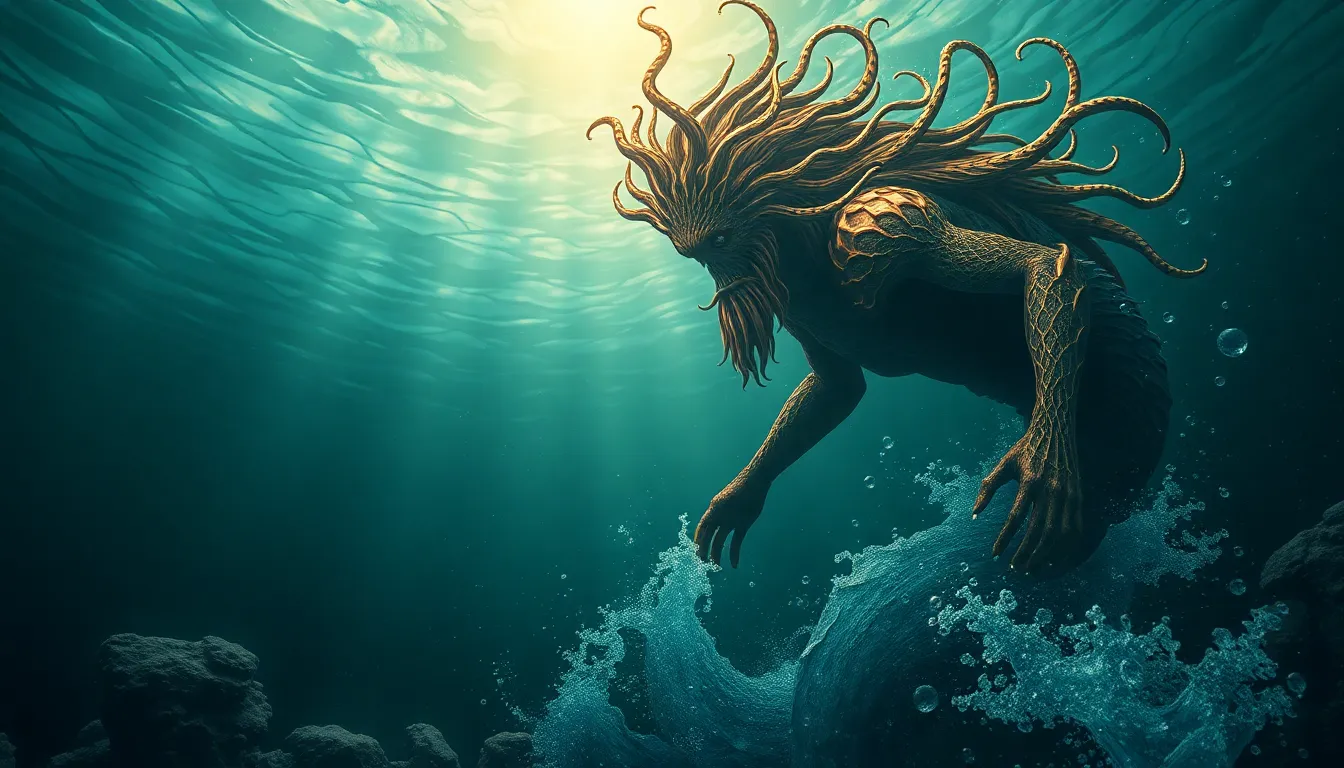The Wrath of the Flames: Ifrit and their Role in Middle Eastern Folklore
I. Introduction
Middle Eastern folklore is rich with diverse characters and narratives, but few are as compelling or enigmatic as the Ifrit. These supernatural beings, often associated with fire and chaos, play a significant role in the cultural tapestry of the region. This article aims to delve into the origins, characteristics, and cultural impact of Ifrit, exploring their dual nature as both malevolent and benevolent figures in folklore.
Fire holds a profound significance in various cultural narratives, symbolizing both destruction and transformation. The Ifrit, embodying this duality, offers insights into human fears and aspirations. Through this exploration, we will uncover the transformative power of Ifrit in Middle Eastern folklore and their continued relevance in contemporary society.
II. Origins of Ifrit in Folklore
The roots of the Ifrit can be traced back to ancient Arabic mythology, where they were among the first supernatural beings to be documented. These creatures are often described as powerful spirits made of smokeless fire, possessing immense strength and magical abilities.
A. Historical roots in Arabic mythology
Ifrit are believed to have originated in pre-Islamic Arabian culture, where they were seen as fierce entities that could either assist or harm humans. Their characteristics were shaped by the oral traditions of the tribes, reflecting the values and fears of those societies.
B. Connections to pre-Islamic beliefs
In pre-Islamic beliefs, Ifrit were often linked to the natural elements, particularly fire. They were thought to inhabit desolate places, such as ruins or caves, which were considered haunted. This connection to desolation and power made them formidable figures in early folklore.
C. Evolution of the Ifrit figure through time
As Islam spread across the Arabian Peninsula, the concept of Ifrit evolved. They became incorporated into Islamic teachings, where their nature and characteristics were reinterpreted through a religious lens, blending with the broader understanding of jinn.
III. Characteristics of Ifrit
Ifrit are often depicted with distinctive physical and personality traits that set them apart from other jinn. Understanding these characteristics is crucial to grasping their role in folklore.
A. Physical attributes and manifestations
- Typically described as large and imposing figures, often with fiery eyes and a fearsome appearance.
- They can change shape and may appear as animals or humans, depending on their intentions.
- In some tales, Ifrit are depicted as having smoke or flames emanating from their bodies.
B. Personality traits: benevolent vs. malevolent depictions
Ifrit can be portrayed in various ways, ranging from malevolent tricksters to benevolent protectors. In some stories, they act as guardians of treasure or knowledge, while in others, they are vengeful spirits seeking to cause chaos.
C. Symbolism of fire and its dual nature
Fire, as a symbol, represents both creation and destruction. The Ifrit embody this duality, illustrating the potential for both harm and healing. Their association with fire serves as a reminder of the fine line between control and chaos in human existence.
IV. Ifrit in Islamic Tradition
Ifrit play a significant role within Islamic tradition, particularly as they relate to the broader category of jinn.
A. References in the Quran and Hadith
The Quran makes several references to jinn, including Ifrit. One notable mention appears in the story of Prophet Solomon, where an Ifrit offers to bring him the throne of the Queen of Sheba.
B. Ifrit as a representation of jinn
Ifrit are often considered a specific type of jinn, characterized by their strength and fiery nature. This classification highlights their unique attributes within the broader jinn hierarchy.
C. Distinctions between Ifrit and other jinn types
While all jinn are supernatural beings, Ifrit are distinguished by their association with fire and their often more aggressive or powerful demeanor compared to other jinn types, such as the more benign or mischievous ones.
V. Ifrit in Folktales and Literature
Ifrit have been a prominent feature in a variety of folktales and literary works across the Middle East.
A. Notable stories featuring Ifrit
- The tale of “The Fisherman and the Ifrit” from “One Thousand and One Nights,” where a fisherman encounters an Ifrit trapped in a bottle.
- Many stories depict Ifrit granting wishes, often with unforeseen consequences.
B. The role of Ifrit in traditional storytelling
Ifrit serve as cautionary figures in traditional tales, teaching lessons about greed, ambition, and the dangers of tampering with forces beyond human control.
C. Modern adaptations in literature and media
In contemporary literature and media, Ifrit continue to inspire characters and plots, often appearing in fantasy genres that explore themes of magic and power. They have been adapted into video games, movies, and novels, showcasing their lasting impact on storytelling.
VI. Cultural Impact of Ifrit
The influence of Ifrit extends beyond folklore, permeating art, culture, and social commentary throughout the Middle East.
A. Ifrit in art and visual representation
Artists have long depicted Ifrit in various forms, often emphasizing their fiery nature and formidable presence. These representations can be found in traditional paintings, modern art, and even digital media.
B. Influence on contemporary Middle Eastern culture
Ifrit have become symbolic figures in modern Middle Eastern culture, representing the struggle between tradition and modernity, as well as the complexities of identity.
C. Ifrit as a symbol in political and social commentary
In recent years, Ifrit have been used as metaphors in political discourse, embodying the challenges and tumultuous emotions felt by societies facing upheaval and change.
VII. Comparisons with Other Mythological Figures
Ifrit share similarities with fire-related entities in other cultures, highlighting universal themes in mythology.
A. Similarities with fire-related entities in other cultures
- The Hindu Agni, the god of fire, representing both creation and destruction.
- The Greek Prometheus, who stole fire from the gods, symbolizing defiance and the quest for knowledge.
B. The archetype of the trickster vs. protector
Ifrit often embody the dual archetype of the trickster and protector, a theme prevalent in many cultures, where beings possess the power to disrupt or safeguard human lives.
C. Cross-cultural influences and shared themes
The narratives surrounding Ifrit have been influenced by cross-cultural exchanges, reflecting shared human concerns about power, morality, and the natural world.
VIII. Conclusion
The Ifrit stand as a significant figure within Middle Eastern folklore, embodying the complexities of fire and the human experience. Their dual nature as both malevolent and benevolent beings reflects the struggles and aspirations of society.
As we continue to explore the relevance of Ifrit in contemporary culture, it becomes clear that their influence persists, offering insights into human nature and the world around us. Future research into Ifrit and their counterparts in global folklore will further illuminate the connections between cultures and the universal themes that bind us together.



